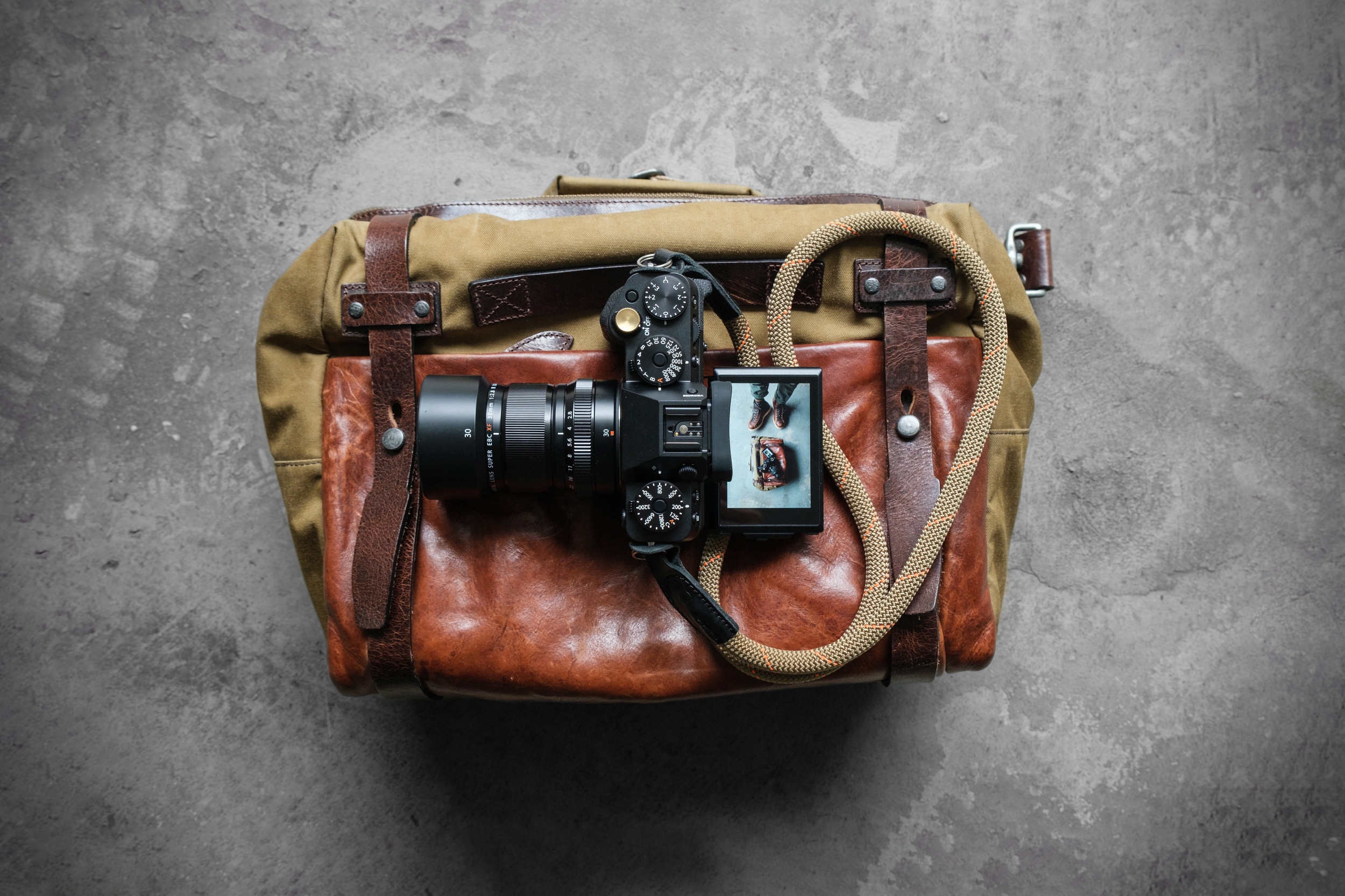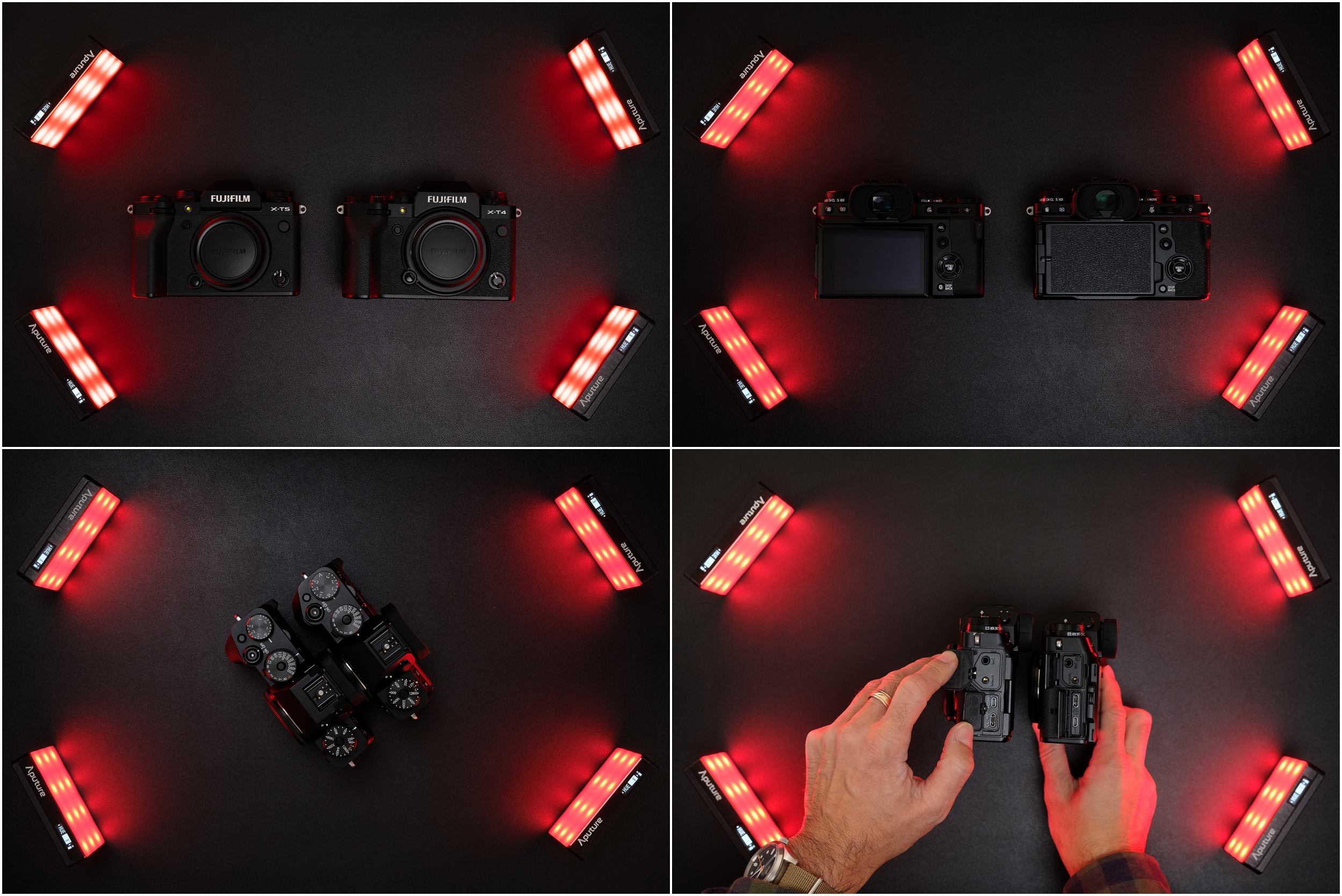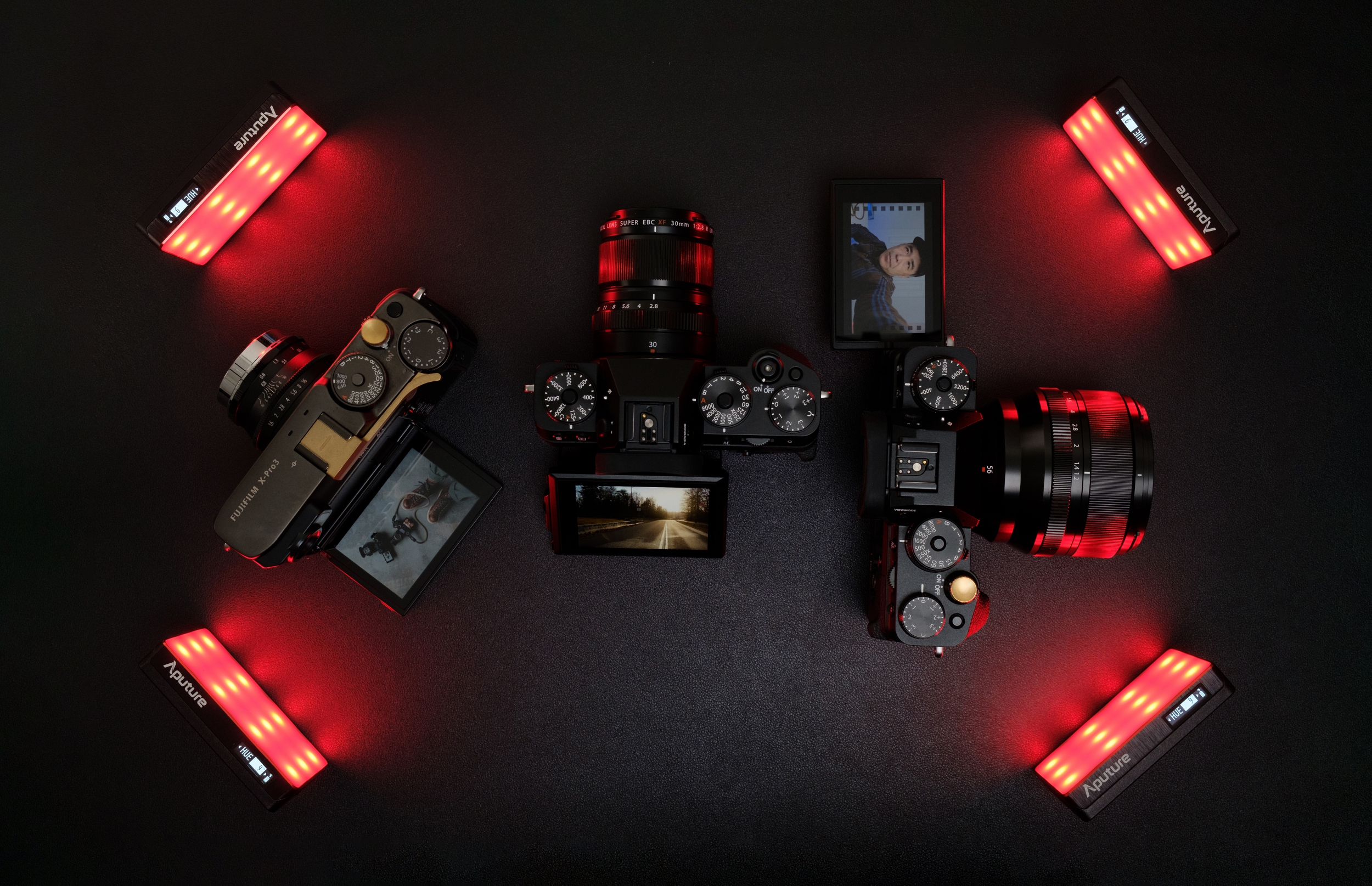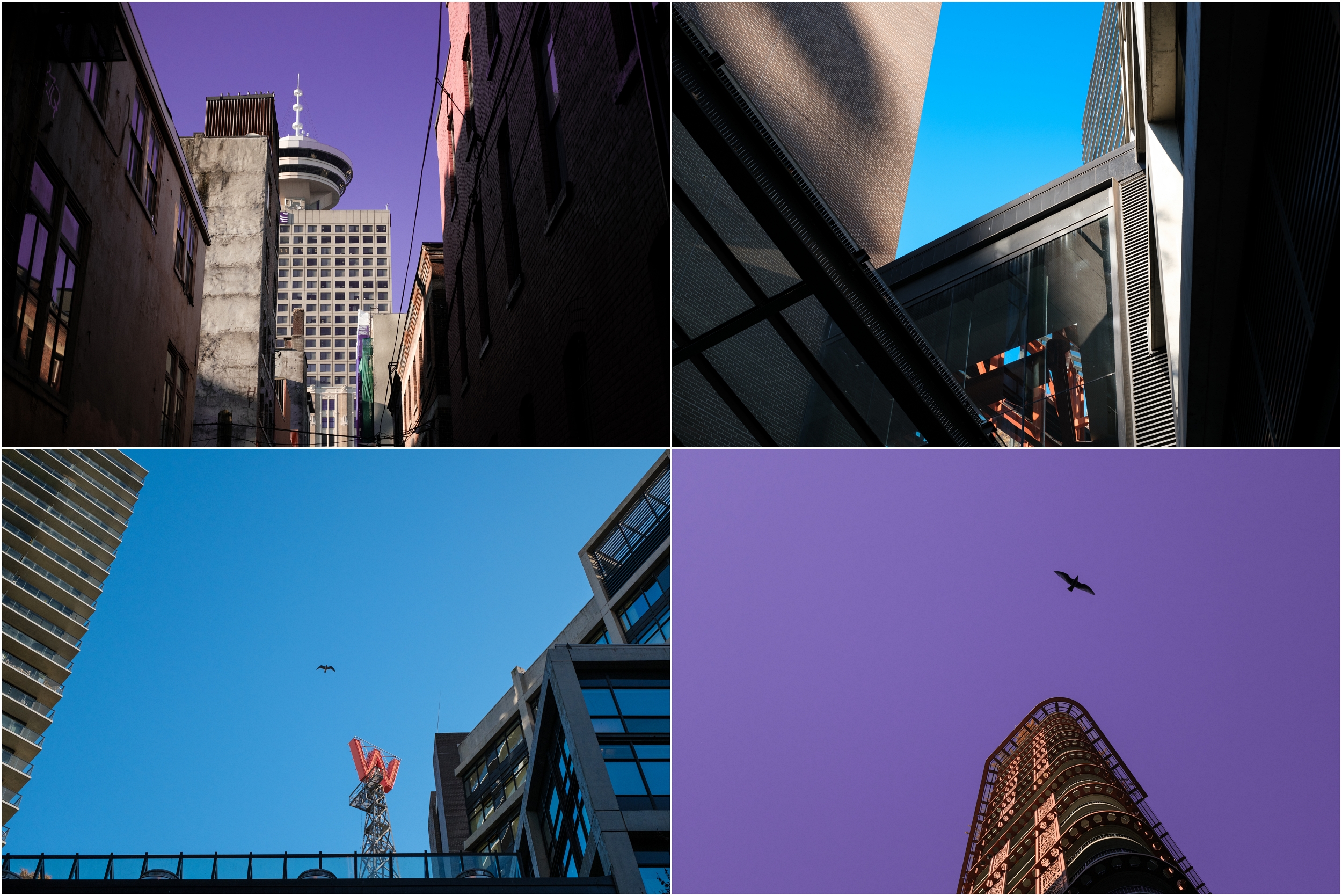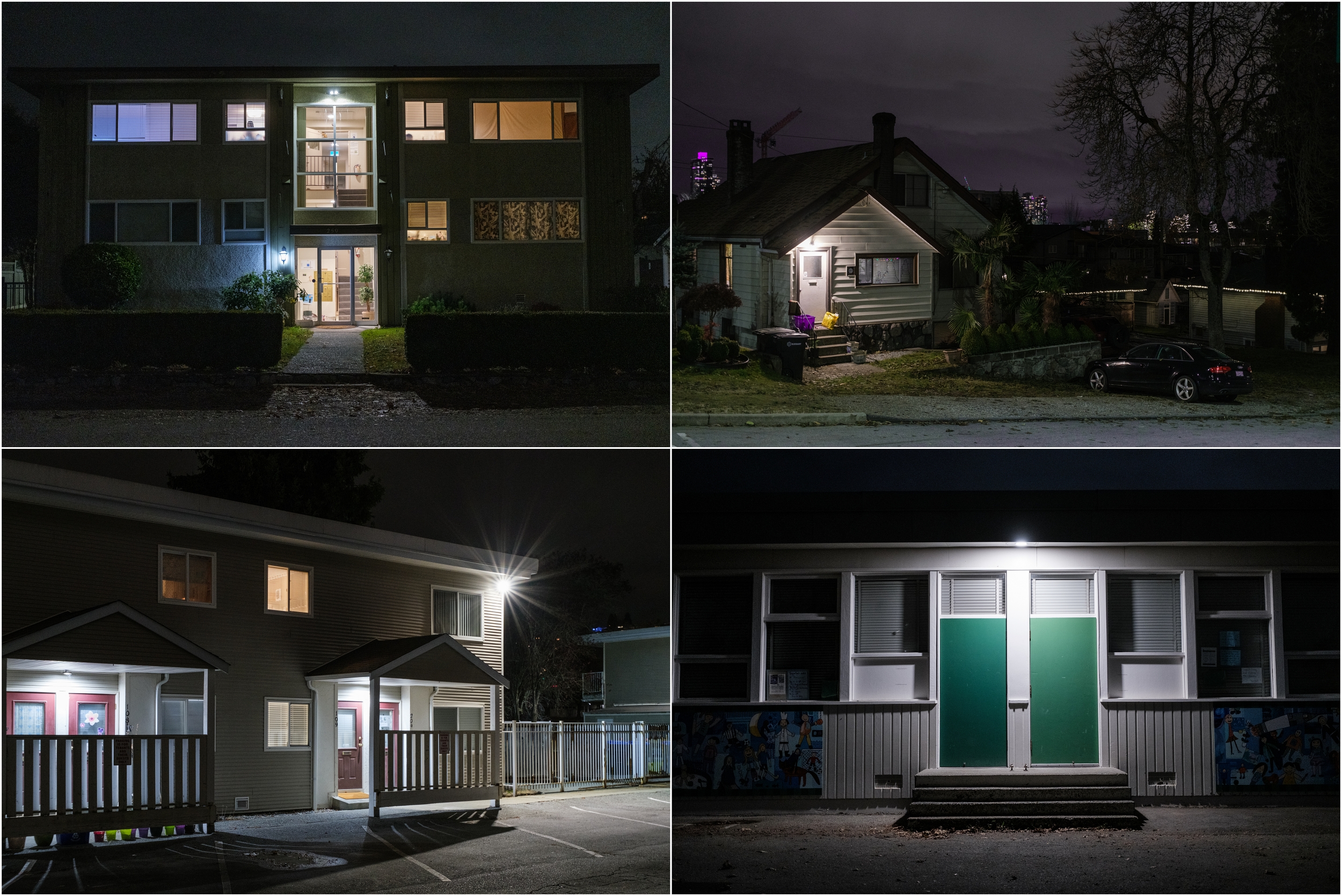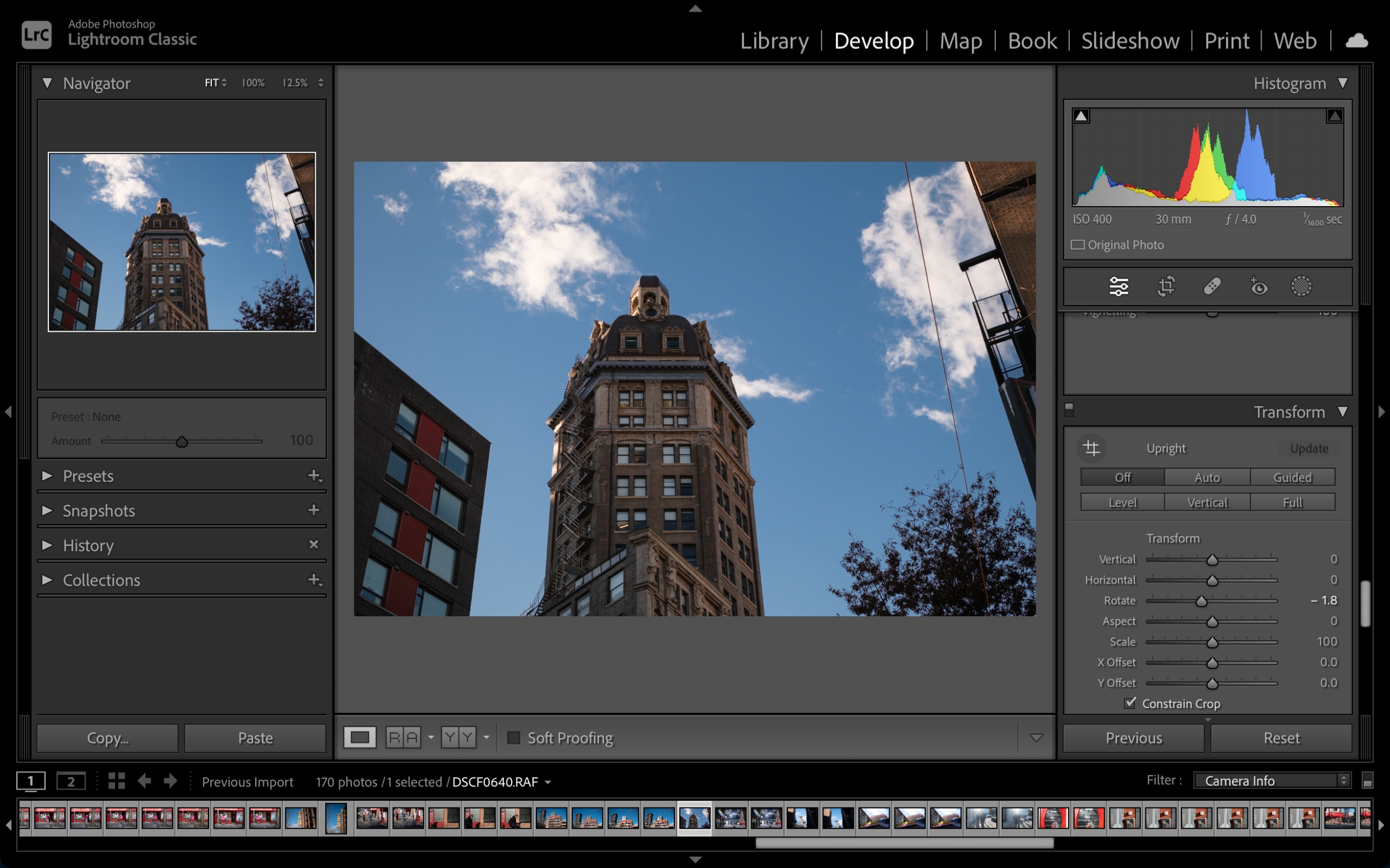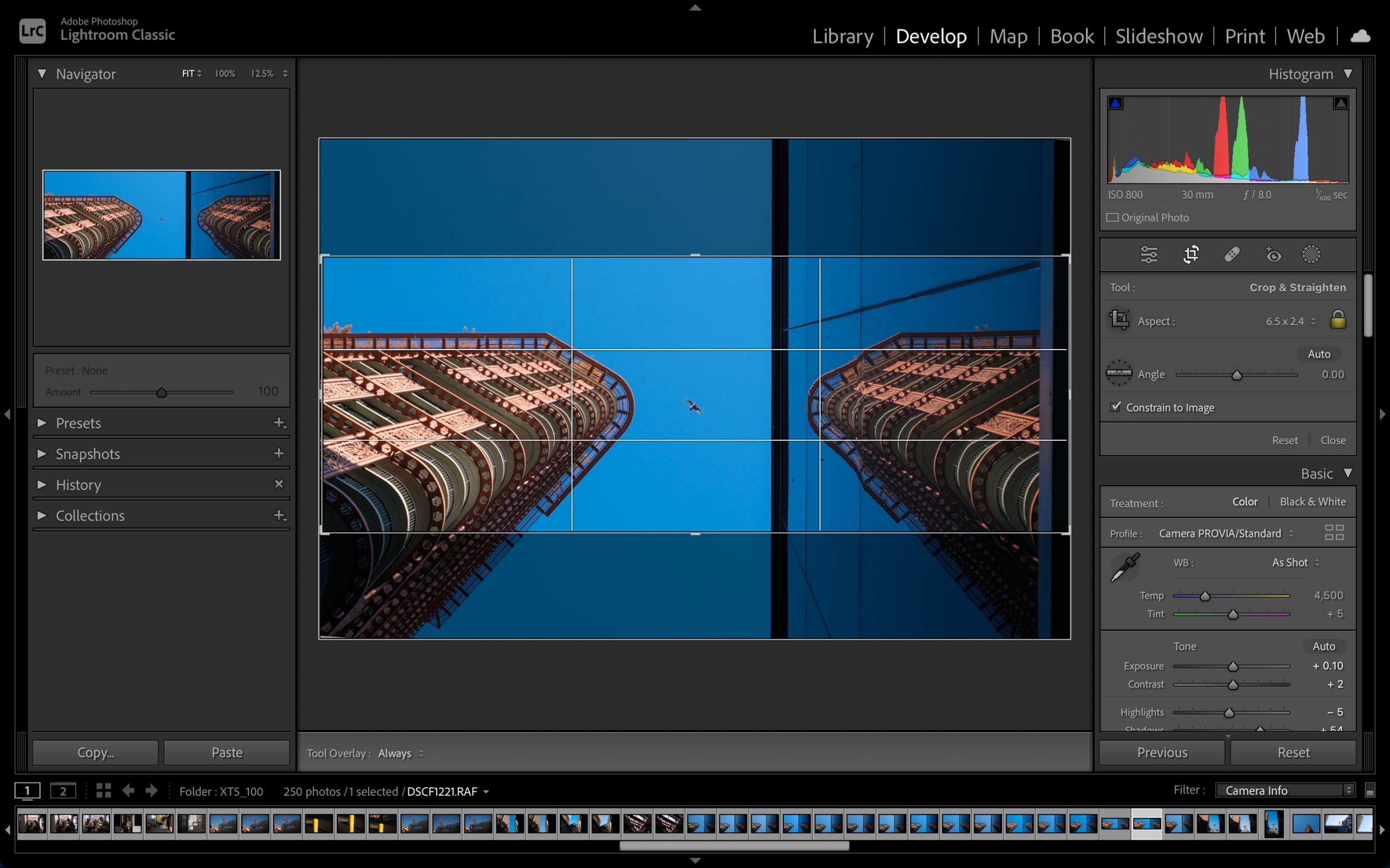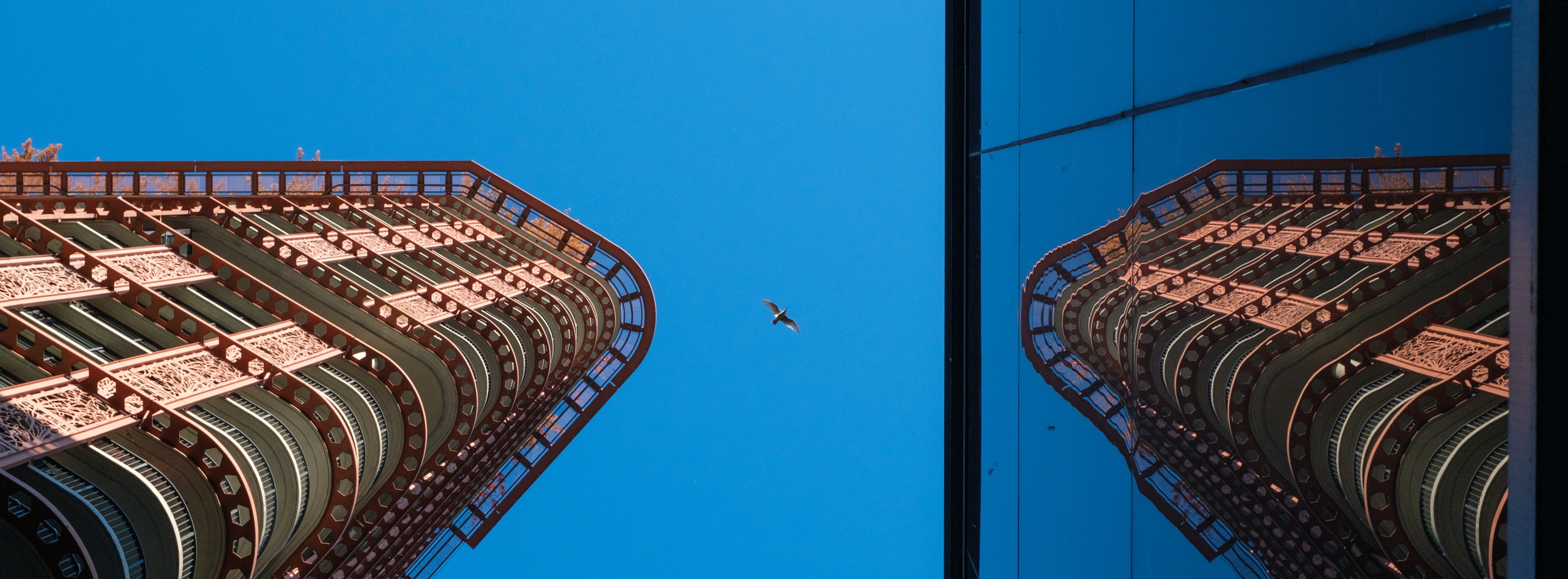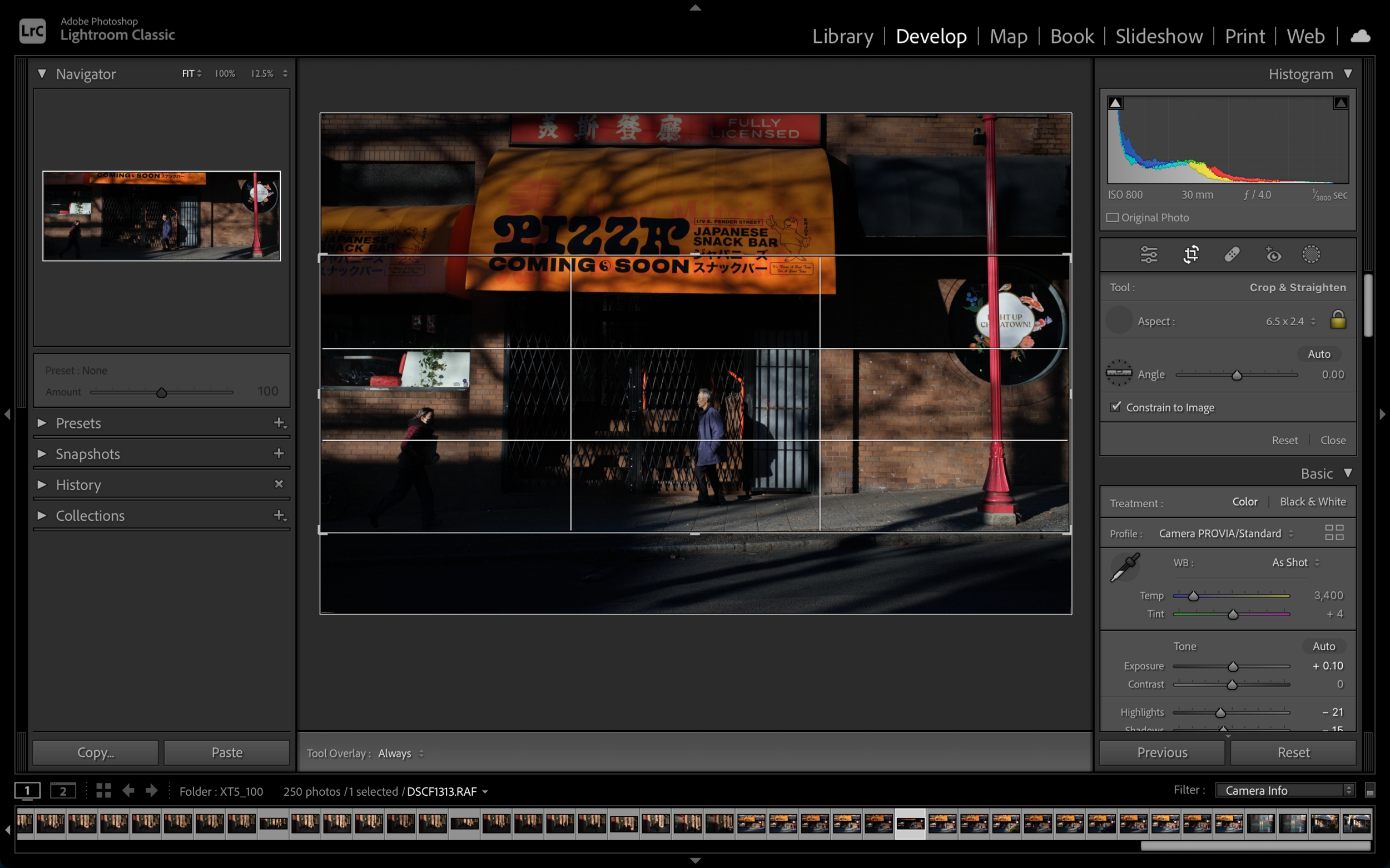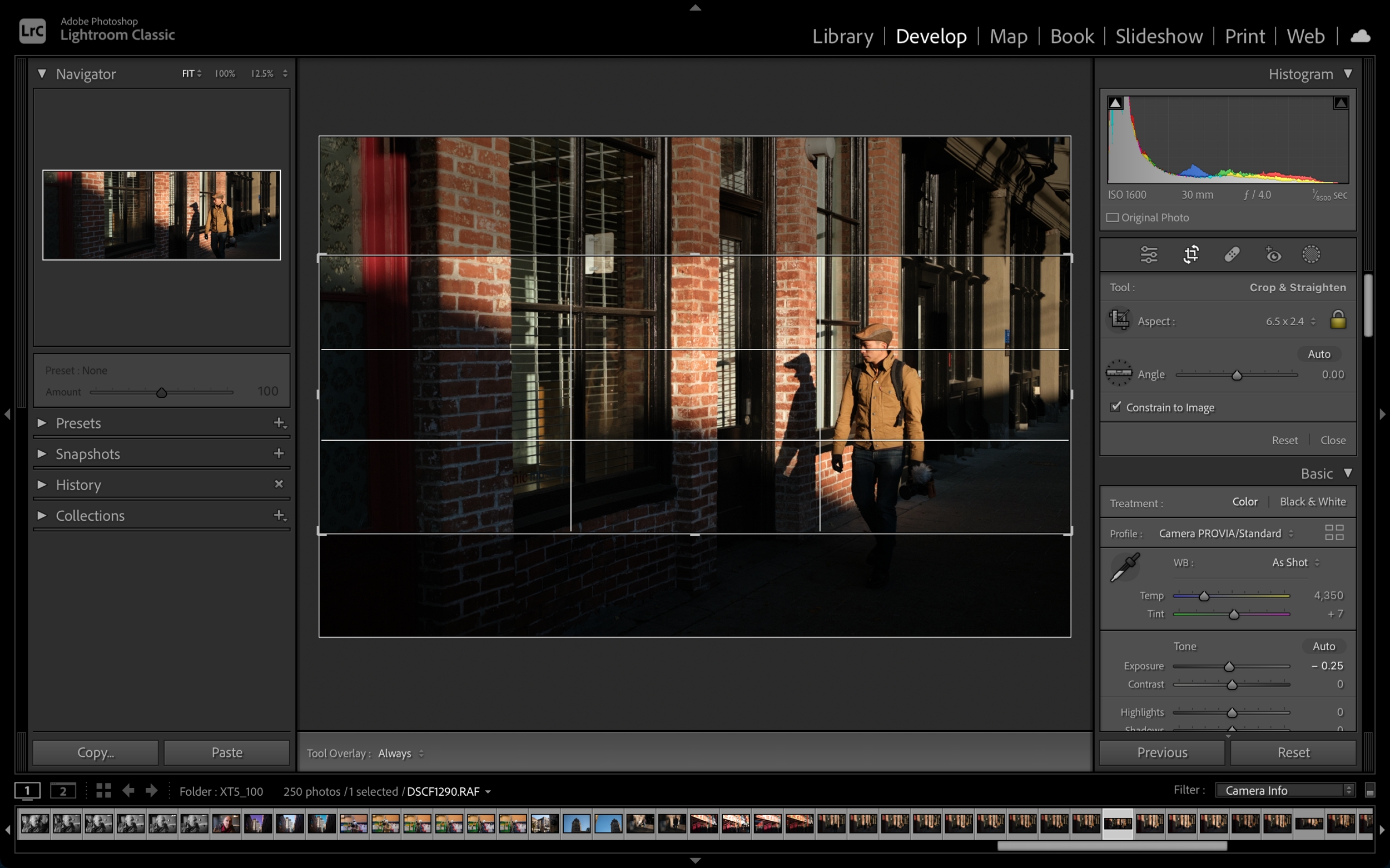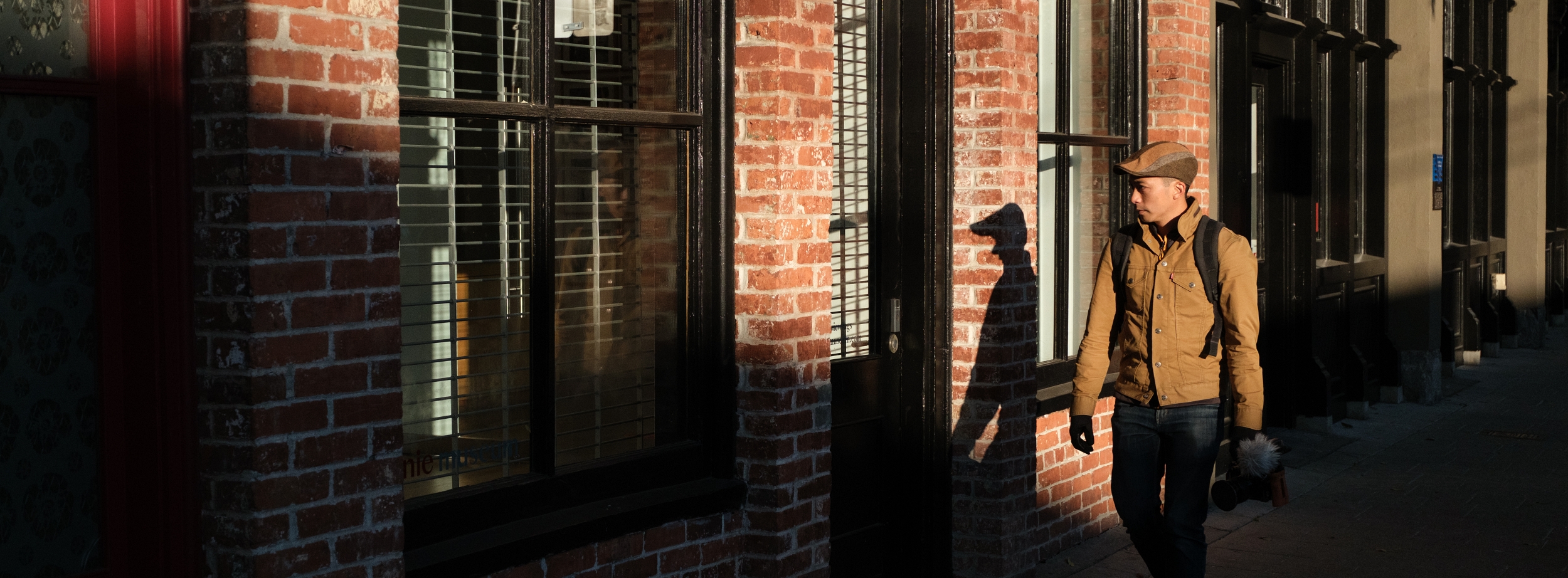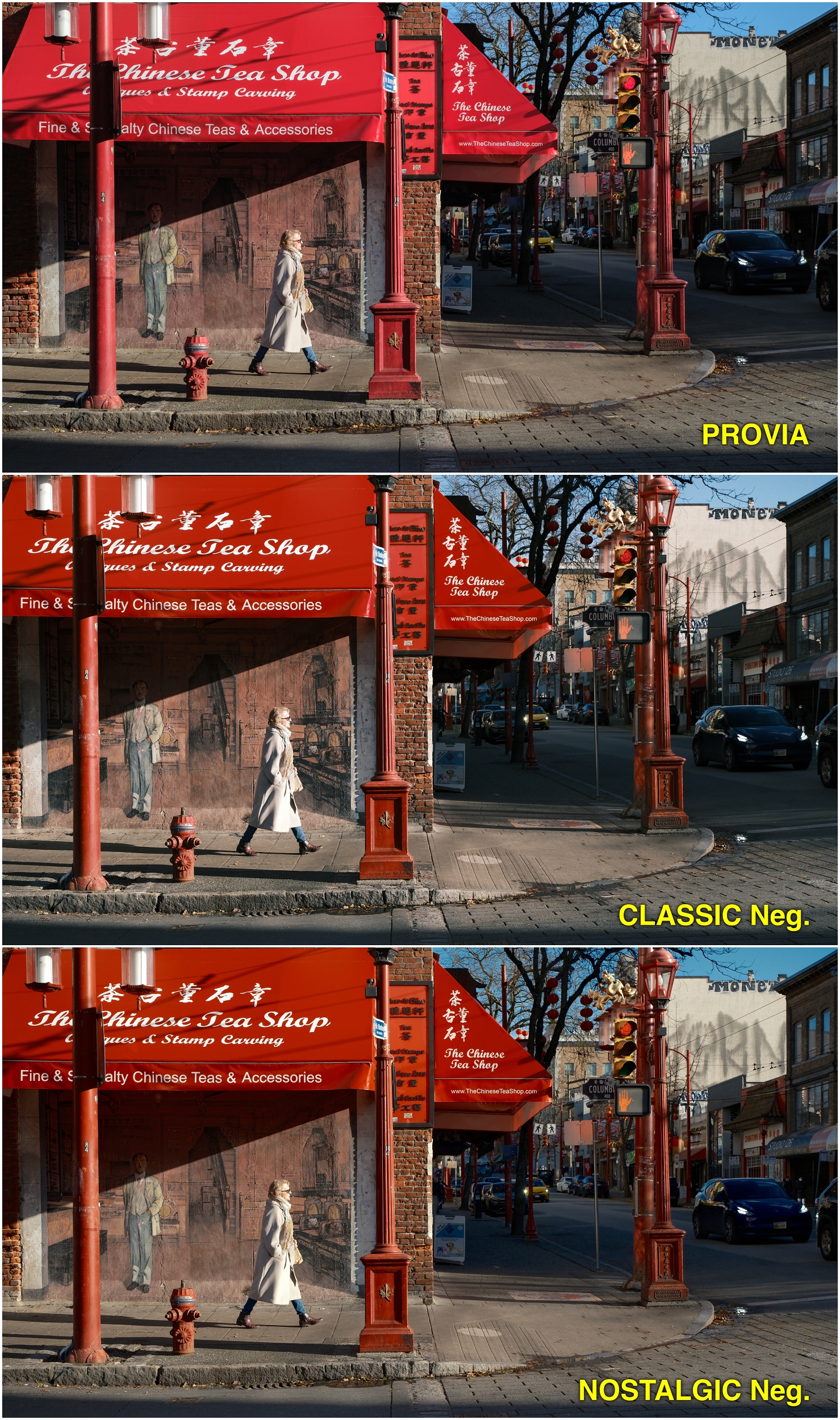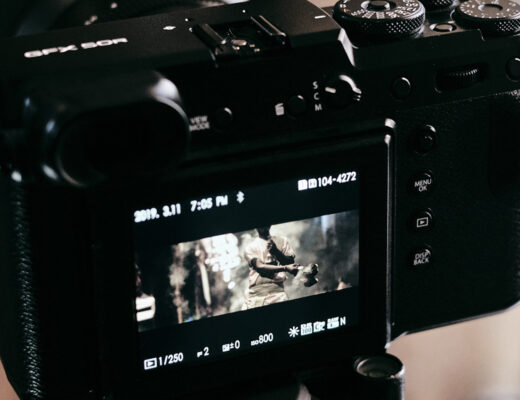Fujifilm launched the controversial X-H1 in the spring of 2018. It was their first attempt at a hybrid video and stills camera and it was partially successful. It was the first X Series camera with IBIS (In-Body Image Stabilization), but the performance was sluggish due to the two-year-old third-generation sensor + processor combination from the X-Pro2. In the fall of the same year, Fujifilm announced the X-T3 with their latest fourth-generation sensor and processor…but no IBIS. In the spring of 2020, Fujifilm finally announced a mid-cycle upgrade to the X-T series and called it the X-T4, presumably an updated X-T3 with IBIS. However, Fujifilm marketed and engineered the X-T4 as their new flagship catering to both stills photographers and videographers, much like the X-H1. Because of this, the X-T4 had tons of video-centric upgrades, including a fully articulating screen. However, for many X Series photographers, the iconic three-way tilt articulating screen was the preferred style. How long would it be before Fujifilm built an X-T3-styled body with IBIS? The wait is finally over. Introducing the new Fujifilm X-T5.
Fujifilm’s new fifth-generation photo-centric X Series camera is basically a fusion of the X-T3 with the X-T4 but with the latest and greatest sensor and processor from the recently launched X-H2. Although I was a huge fan of the original X-H1, I was less enthusiastic for the hybrid DSLR-styled, Canon-Sony-like PSAM-equipped X-H2S and X-H2. Although both cameras are awesome for hybrid photographers and videographers, for the majority of us traditional Fujifilm X Series photographers, we wanted a camera that had a more traditional design and interface. Put simply, we wanted more dials and fewer buttons. If you currently own an X-T4, you can shoot with the new X-T5 blindfolded, minus the three-way articulating screen. If you have the X-T3, this would be a great upgrade. Here are my quick pros and cons of the new X-T5.
Pros
- new 40MP sensor (full-frame resolution)
- lower base ISO125
- 180,000th-sec top electronic shutter speed
- 160MP Pixel Shift technology
- 5th generation processor (twice the speed of the previous generation, but more efficient)
- improved IBIS (7 stops)
- improved autofocus with subject detect
- traditional X-T design
- 3-way articulating screen
- smaller and lighter than the X-T4
- improved side doors to access USB-C, micro HDMI, 1/8” microphone input, remote
- small improvements to ergonomics (deeper grip, bigger rear buttons, bigger Exp Comp dial)
Cons
- 40MP sensor (many won’t need or want the extra resolution)
- more rolling shutter due to a higher resolution sensor
- more high ISO noise due to a higher resolution sensor (it’s still pretty good)
- larger video crop (1.23x in HQ mode) due to a higher resolution sensor
- lower FPS continuous shooting (20fps vs 30fps in ES vs X-T4)
- no optional accessory battery grip
- need for bigger memory cards and storage due to a higher-resolution sensor
The first thing I noticed when I received my review copy of the X-T5 was its size and weight. It’s noticeably smaller and lighter than the X-T4 (476g vs 526g body only), even though the hand grip is deeper. Fujifilm has done a great job in miniaturizing the IBIS unit from the original X-H1 (perhaps the same one from the X-S10?) and putting it into the smaller body of the X-T5, while still using the larger NP-W235 battery. With the more powerful and efficient processor, the X-T5 also has improved IBIS performance and improved AF speed and accuracy (including subject detection), all while improving battery performance from the previous X-T4. There are also small improvements to the back buttons (slightly larger), a larger but smoother exposure compensation dial, improved doors to access ports (no more floppy doors) and slightly higher magnification on the EVF (0.80x vs 0.75x) compared to the X-T4.
However, there are some downgrades from the previous ‘flagship’ X-T4. Fujifilm no longer offers an optional battery control grip, extending battery life and improving ergonomics for those who shoot sports, wildlife or event photography. In addition, some of the video features are lower compared to its big brother the X-H2 (no 8K option, no PRO RES) and, in many ways, the older X-T4. In fact, if you are a hybrid videographer and photographer, I would recommend the older X-T4. One big reason is the fully articulating screen on the X-T4 versus the three-way tilt on the X-T5.
For myself, the X-T5 isn’t really a replacement for the X-T4 anyway. In fact, the X-T4 should have been called the X-T3V as in ‘video’. I currently own the X-T4 as my primary camera for all of my videography needs, as well as for testing all my X-mount lenses. However, for my own personal photography, I never take out the X-T4. It’s my work-only camera. I even went out of my way to order the black version to make sure it didn’t look fun, if that makes any sense. For my personal work, it’s always my X-Pro3. It just suits my style. However, the new X-T5, especially in the silver finish, could easily become my daily camera. Due to the slightly smaller and lighter size of the X-T5 in comparison to the X-T4 and, most importantly, the three-way articulating screen, I could see myself switching over.
The biggest feature of the X-T5 and what really caught my attention is the new 40MP sensor. I had a chance to test the X-H2 with the same sensor + processor combination in New York back in September, and I enjoyed the 60% jump in resolution in comparison to the previous generation’s 26MP sensor. Because I also review Leica, I got used to the 47MP sensor in the SL2 and Q2, as well as the 40MP sensor in the Leica M Monochrom and M10R. I also like the 50MP resolution in the original GFX 50S and was considering buying into the GFX system. However, once I heard about Fujifilm going 40MP with the X Series, I decided to wait and I’m happy I did. If I can get a full-frame or close to medium format resolution with the X Series, I would be happy to stay within the X Series ecosystem. Do I need 40MP? Not really. However, it’s nice to have, especially when cropping to a specific aspect ratio, such as 16:9 or the X-Pan 65:24. I love the more cinematic aspect ratio of 16:9, but being able to crop 65:24 on the X-T5 and still get a 22MP image (7728 x 2853px) from an APS-C sensor is amazing. Fujifilm, please put the 65:24 crop as an option on both the X-H2 and X-T5, and any future X Series camera with the 40MP sensor.
As for image quality, I love the look of this 40MP sensor. Because I have a pre-production copy, I can’t do a pixel-peep comparison between the X-T4 and X-T5’s image quality, but I am impressed with this new sensor. As I was with the X-H2 image quality, the noise control is solid up to ISO 1600. The image is still usable up to ISO 3200, but make sure the image isn’t underexposed, and process the image in LR or PS and manually control the noise in the image. In-camera RAW conversion to either JPG or HEIF is also a good option, especially when playing with some of the more finicky film simulations like NOSTALGIC Neg or CLASSIC Neg. There is no competition when comparing this APS-C 40MP sensor against the GFX’s 50MP medium format sensor (it’s almost 4 times the surface area) but having this much resolution in a camera this small is awesome. I look forward to seeing this sensor in future cameras (hopefully the X-Pro and X100 series).
Besides image quality, the shooting experience and ergonomics of the new X-T5 reminded me of how much fun the X-T2 and X-T3 were to photograph with. During the era of the X-Pro2 and X-T2, I actually preferred the X-T2 for its overall handling and performance. When the X-T3 was launched in 2018, it was a ground-breaking camera for Fujifilm. I know many of my colleagues who switched over to Fujifilm because of the X-T3 and its solid video and photo capabilities. Even though I never switched to the X-T3 at the time since I had just got the X-H1, I always felt I could live without the IBIS due to the overall shooting experience of the X-T3. With the new X-T5, you get basically the same shooting experience as the X-T3 except with more speed, power, resolution and finally IBIS! I will continue to test the X-T5, especially with the new XF30mmF2.8 R LM WR Macro lens. All the images captured with the X-T5 in this article were with the new compact macro lens. I will have a separate review on this lens soon. If you are going to upgrade to the X-T5, which camera are you upgrading from? What specific feature are you most excited about? Let me know in the comments. Thanks for reading and happy shooting!

